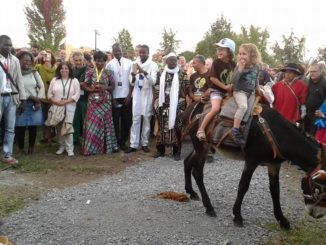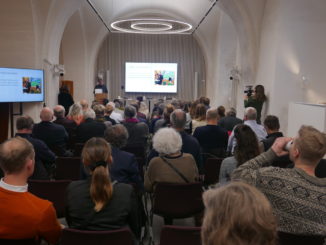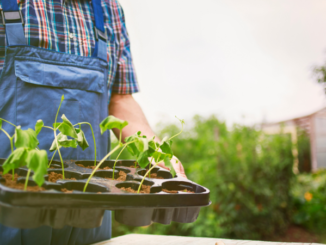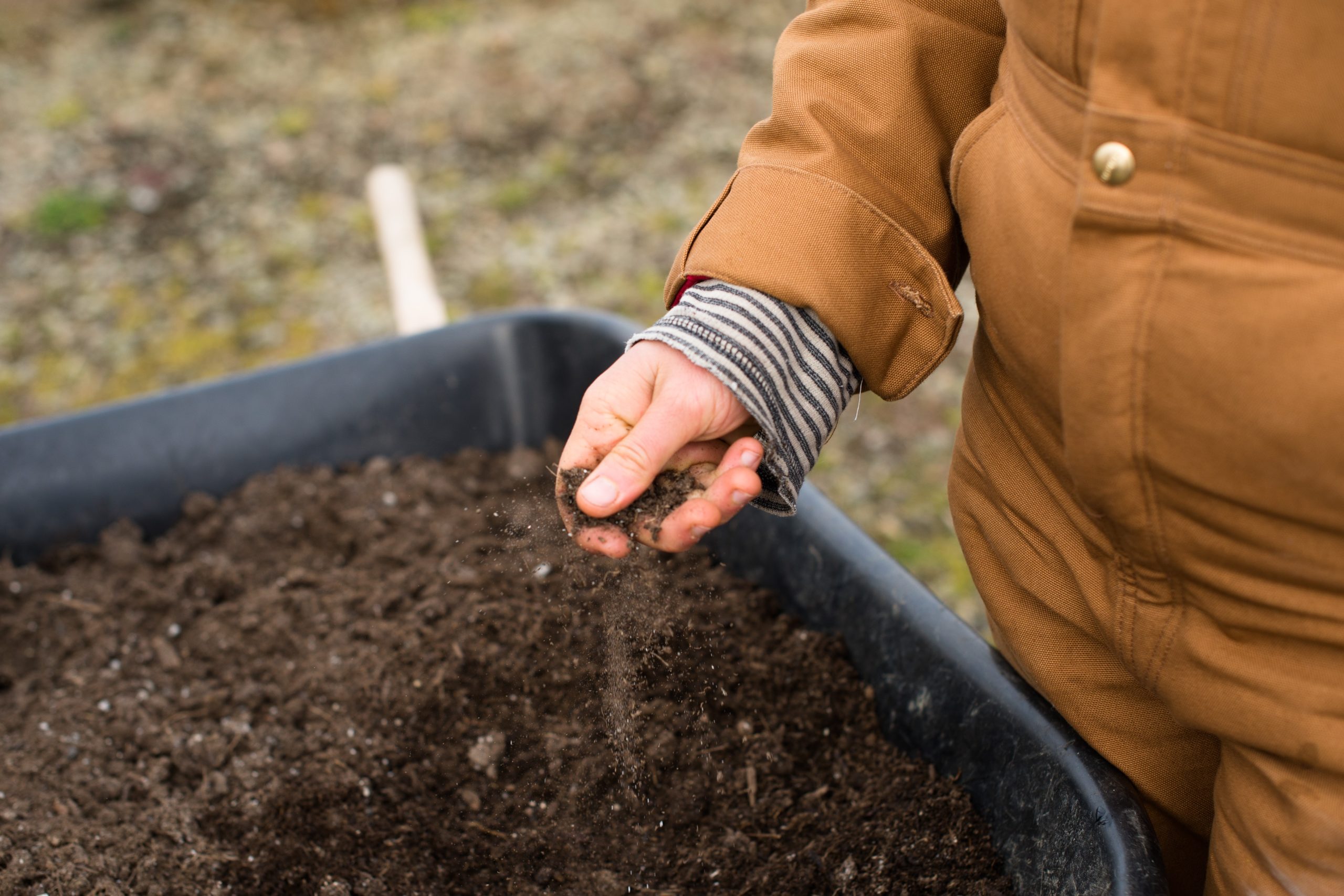
Lire cet article en français
In part 1, we explored legislative frameworks pre-CAP and the right to preemption in the sale of agricultural land. Now in part two, we will look at how France and Germany have levers for adapting land policies to regional and local realities. After looking at regional public policies, we will consider the work of Terre de Liens in France and Regionalwert-AG in Germany, which are working to make farmland available for new entrants and agricultural renewal in these two major European countries.
An analysis by Marie-Lise Breure Montagne, of the Rural Resilience project, with warm thanks to Magali Bardou (Fonction Publique Territoriale) and Coline Sovran (Terre de Liens) for their proofreading, comments and contributions.
The German Länder level vs French Regions
The regional level is essential when it comes to European policies. The 16 German Länder are roughly equivalent to the French administrative regions (13 in mainland France, since the NOTRe law). Moreover, German federalism does not work, in detail, like the French Republic, where the homogeneity of rights is the founding principle.
The land policy of each of the two countries is predetermined, in particular by inheritance law, from generation to generation: “In Germany, no homogeneous usage or right in the matter of inheritance for agricultural assets has emerged over the centuries”.
The land grab in the Eastern Länders at the end of the last century was facilitated by this historical parameter: “The eastern regions of Germany traditionally have regions of primogeniture (the eldest child inherits the estate) or transmission without division thanks to the use of a main heir (Anerbengebiete), as opposed to regions of equal sharing (Realteilungsgebiete), characterizing rather the South of Germany, where inheritance law has fragmented agricultural land.”
Until the federal reform of 2007, the federal government had legislative jurisdiction over real estate transactions, rural establishments, rural leases, and land development. Since then, federal laws remain in force until they are replaced by Lander laws: it is up to them to take the initiative. Only the Baden-Württemberg Lander quickly made use of its new jurisdiction. The “Law on the Improvement of Agricultural Structures” was adopted in this state in 2010.
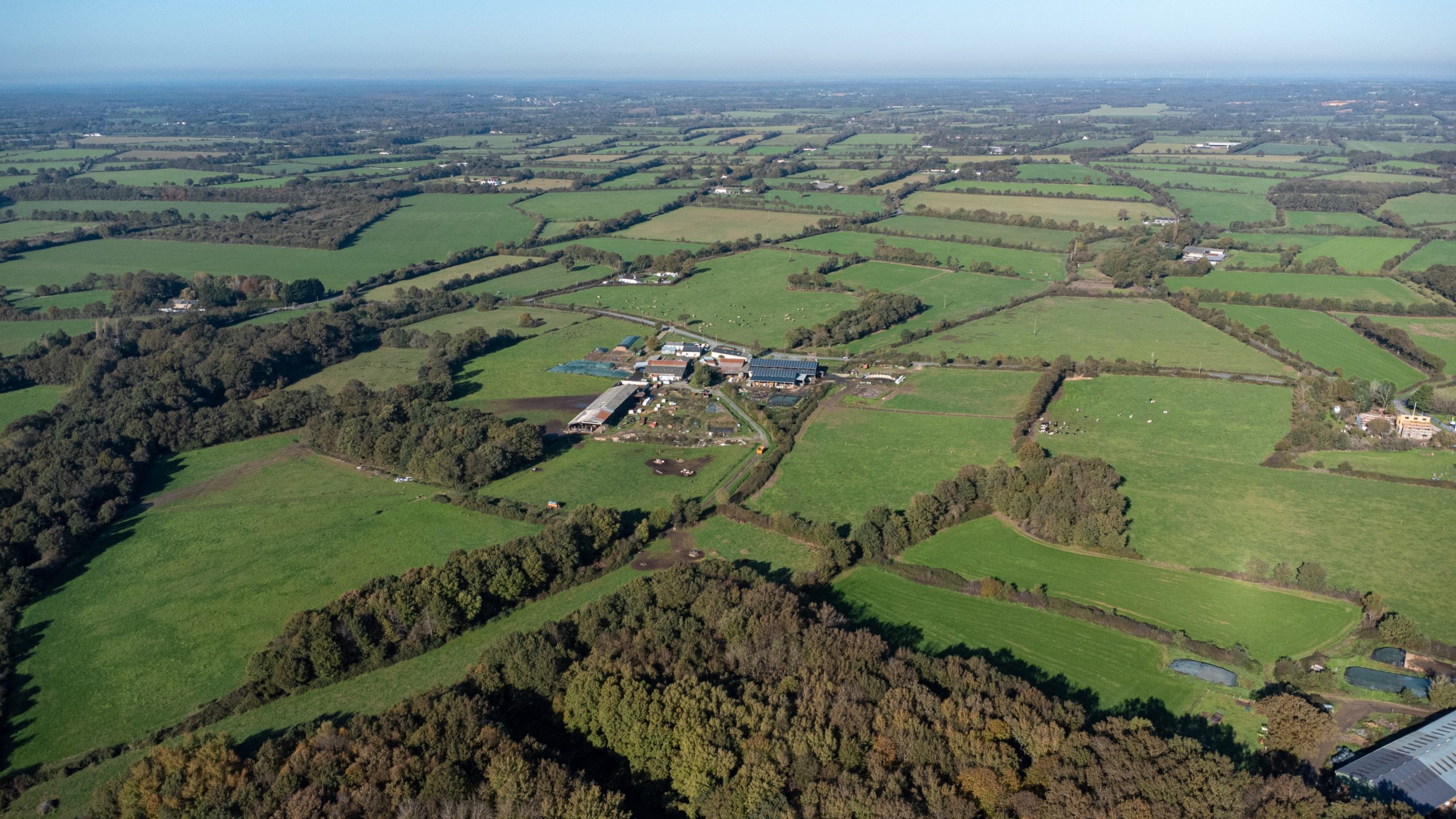
In theory, France no longer recognises primogeniture, since the introduction of the Civil Code in 1804. In the north of France, this egalitarian distribution took place, leading to a significant fragmentation of private property. In the south-west, a certain primogeniture continued to be exercised in practice: including “the Basque case of full birthright without distinction between the sexes […] unique in the south of France”.
Between the two world wars, a turning point in agricultural inheritance law occurred during the Popular Front. According to the Histoire de la France Rurale, by Duby and Wallon, “extending the law of February 7, 1938, the decree-law of June 17, 1938 consecrates the right of any heir living and working on a family farm to obtain it without sharing, subject to compensation to the co-heirs.” The laws of July 20, 1940, and January 15, 1943 codify and complete this succession legislation of 1938. The right to property – equal for all heirs, in a so-called egalitarian Republic – is sometimes superseded by the right to operate.
In France as elsewhere, inheritance is not the only way to establish oneself as a farmer and develop in the profession: since the major agricultural orientation law of 1960, “control of structures” (to be read as: control of the expansion of farms) is one of the instruments that are supposed to guarantee access to land for established farmers, young farmers, including those without land, who are eager to get into agriculture (the most numerous today).
Today, the main strategic tool for arbitrating between these different cases (expansion vs. installation) is the SDREA (Regional Master Plan for Agricultural Holdings), one for each french region (since the 2014 law). They are supposed to set the criteria for distinguishing between competing requests, and are supposed to prioritize installations. Previously, this plan was developed at the departmental level. The implementation of the SDREA guidelines is still carried out within departmental commissions (CDOA) which examine certain expansion or installation projects (some territorial collectivities sit on this consultative body).
An INRAE researcher, Alain Gueringer, explained in 2020 that “the successive reforms of the CAP inducing new land strategies on the part of farmers, this structural policy [SDREA/CDOA] has evolved and its land dimension has gradually lost importance: economic criteria have gradually replaced land criteria, the regulation of the redistribution of means of production has evolved towards a regulation of the redistribution of production rights and premiums [per hectare]“. In the first version of SDREA, this INRAE researcher indicated that “the plans were rewritten at the regional level, with instructions to integrate new agricultural challenges (agroecology, etc.)” (2016).
With few exceptions, now that we are in the second version of SDREA (all revised before the validation of the CAP NSP 2023-2027): this is no longer clearly the case. Even looking at the SDREA of three regions reputed to be the most dynamic in terms of farmer installation: Normandy – New Aquitaine – Occitanie: the way in which the spirit of the law on SDREA, is translated as “requiring the inclusion of agri-environmental criteria in the establishment of priority rules for land resumption,” is tenuous, if not anecdotal, especially when viewed in light of climate, social, and environmental challenges.
2023 will be a year of preparation for a new agricultural policy law (one every 10 years or so): TERRE DE LIENS has defined one of the priority measures as “[re]establishing a common framework for the Schéma Directeur Régional des Exploitations Agricoles (SDREA) with the priority objectives of setting up (cumulative criteria): people setting up below the departmental/regional average surface area per worker, people expanding below the departmental average, people setting up within a size limit (structure threshold), people setting up in organic farming and more broadly in agroecology, women, agricultural test areas”.
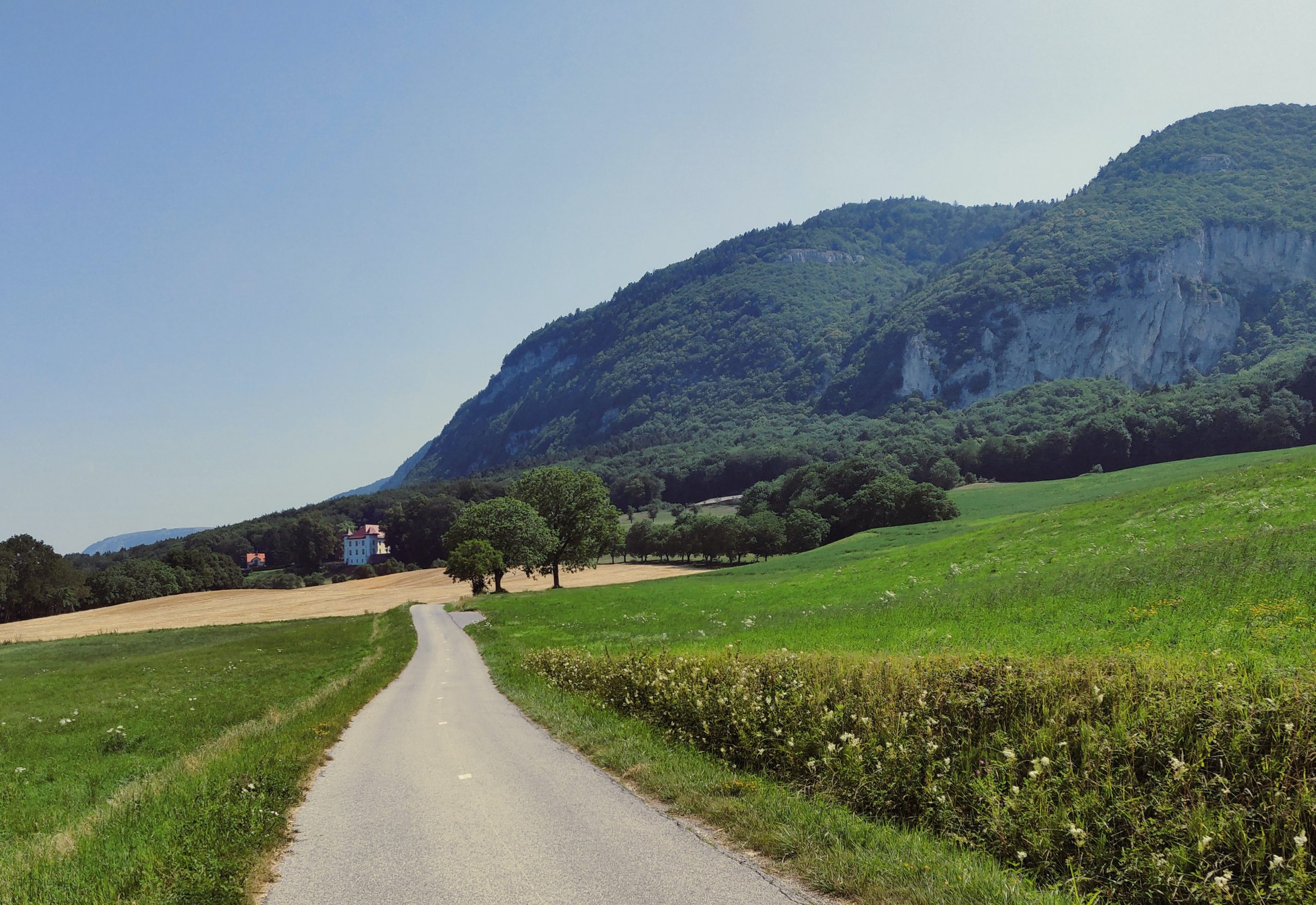
Citizen initiative: supporting land policies that have become outdated in some cases
Although it does not address land policy directly, “The EU’s Sustainable Food Systems (SFS) framework legislation is a unique opportunity to initiate a historic shift towards a sustainable European food system which ultimately also delivers on health and social fairness” (Food Coalition Report, 2023): food supply security, health, and social equity are three goals that a majority of European citizens are sensitive to.
However, it is more difficult to explain to them the content of national land policies, which are legally complex and essential to the implementation of SFS. Local initiatives aimed at making this regulatory maze of land more intelligible, in order to limit the decline of agricultural demographics, are highlighted, first and foremost to local elected officials. Another example of information for elected representatives in France is the RECOLTE network, run by Terre de Liens and INRAE, which includes information sheets on examples of land-use initiatives implemented by local authorities, and seminars at regional, national and European level.
Another way to raise awareness about the fundamental issue of agricultural land is through citizen land trusts such as Terre de Liens in France and Regionalwert-AG in Germany, as described in each of the two aforementioned countries. This illustrates how citizens, whether connected to the agricultural world or not, can find their place in this societal project.
In France, in 2023, the 1901 Law association Terre de Liens celebrates its 20th anniversary. Present in different French regions, it also works at the European level in the Access to Land platform. Terre de Liens farms are owned by citizens (in the form of a stake in the Terre de Liens property company). A key player in the agroecological transition in France, the association grants BRE (Rural Lease with Environmental Clauses) to its new tenants. With this type of lease, the installation condition is to commit to creating and managing an organic farming operation with certification. One of the added values of Terre de Liens has been to create exploitable farms (through leasing) from communal wastelands, and bring land back to agricultural exploitation. Overall, 9,000 hectares are thus set aside for leasing, representing around 300 farms, owned by TERRE DE LIENS and developed by more than 650 autonomous farmers.
Awareness-raising actions like those of ARDEAR (Association Régionale pour le Développement de l’Emploi Agricole et Rural) or Terre de Liens at the communal level, as part of territorial food projects, rely on the agricultural history of the area. What did or does yesterday / today / tomorrow look like? This is how differences of opinion are overcome. It is also about teaching citizens to observe the landscape, a living memory of rural history.
One of the objections heard regarding this citizen access to agricultural land: “your farmers at Terre de Liens will not be able to supplement their retirement with the proceeds from the sale of their land!”. In response: given their profile (often “NIMA” : not from the agricultural sector / family), they will deploy other strategies than farmers with a classic profile. And this is the structuring principle at Terre de Liens: to take land off the real estate market, to safeguard it and improve it with agroecological practices (including organic farming) ; “for organic and local farming, developed by independent farmers“.
Finally, and perhaps most importantly: Terre de Liens also targets the mass of non-exploiting agricultural landowners. Small parcels, but numerous landowners – I myself, the author, am one of them! With its Guide to Responsible Agricultural Land Ownership, the association, supported by funds from the CASDAR programme (Ministry of Agriculture), targets small non-exploiting land owners. These actors can, given their numbers, put a stop to the land grab by a few holding companies. This small parcel land grabbing usually goes unnoticed by a land policy designed in the 1960s.
Therefore, what should small parcel holders do? Stay as passive as possible: do not sell, do not expect any income from these lands, accept symbolic rents (in my case: €50/year). Resist pressure: “rentals won’t earn you anything“. Choose farmers well, based on their practices, which is a good action for agro-ecological transition. 50% of farmers in France are both owners and tenants: the future orientation law submitted to the French parliament at the end of 2023 provides for various incentive measures for this myriad of actors in agricultural land: stay tuned.
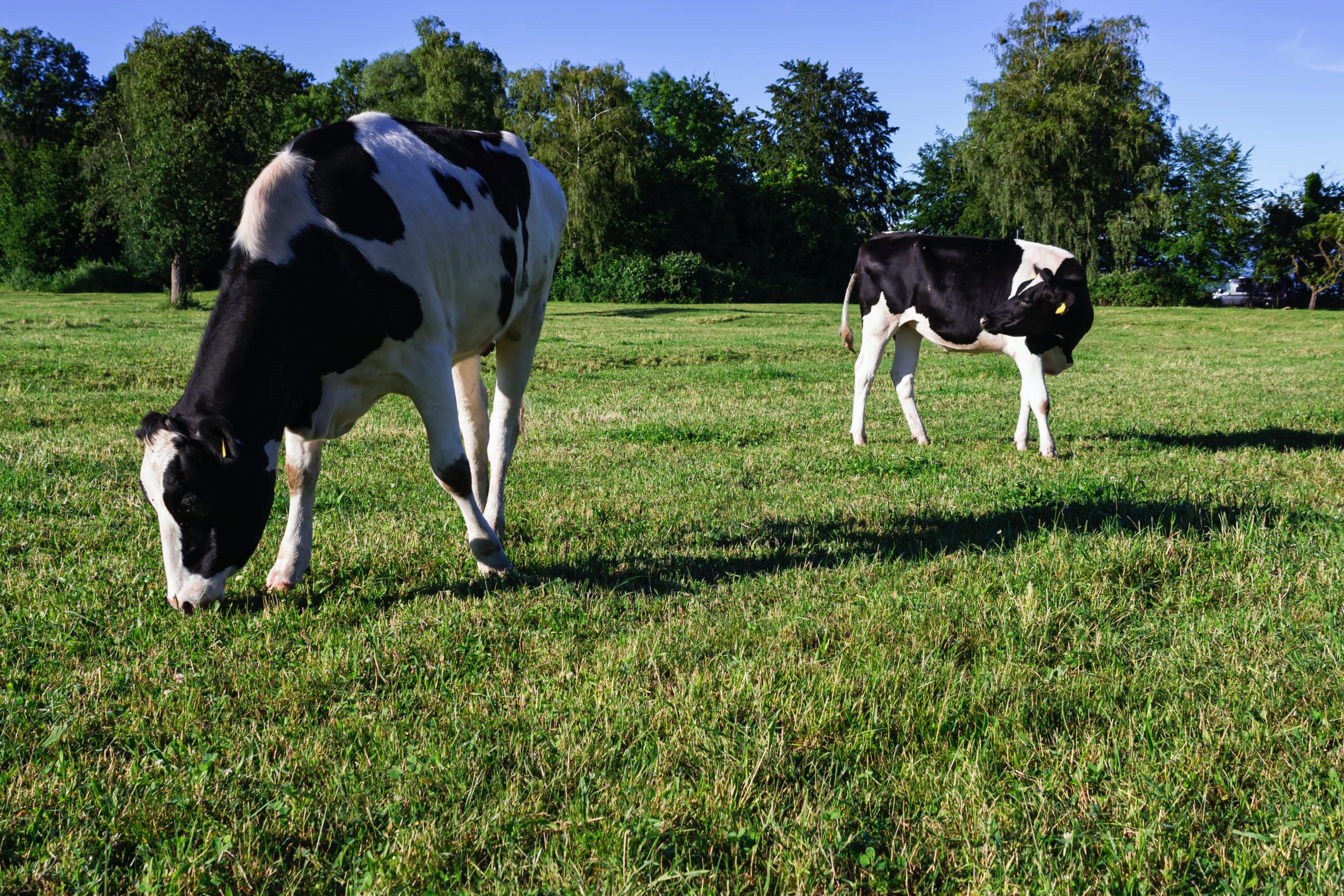
In Germany, with a different statutory form, the first “Regionalwert-AG” was founded in 2006 in Eichstetten am Kaiserstuhl for the administrative district of Freiburg by the gardener and farmer Christian Hiß. Regional anonymous companies have also appeared in the regions of Munich, Hamburg, Rhineland (since 2017) and Berlin-Brandenburg. A citizen working group in the Rhine-Main region is inspired by Regionalwert AG.
The economic model of Regionalwert AG is subsistence agriculture. However, the initiator Christian Hiß does not want to return to individual and self-sufficient farms, but rather operate at the level of “regions” (in the German sense: districts, around cities) that produce enough to meet their own food needs. The goal is to bring producers at different stages of the food sectors together with consumers and shareholders of the citizen stock company. The aim is to increase local food sovereignty, as defined by Via Campesina: “From the field to the share” is the slogan that echoes, with a nod, to the “Farm to Fork” strategy: “With our citizen share, you support sustainable farms in your region. Behind them are people who work every day for a future worth living. They are the ones who give us an ecological, socially strengthened and future-oriented agriculture with regional production and that right on your doorstep. If you support these people in their projects, visions and tireless pioneering work, then become a shareholder. Become a shareholder and invest in your region”. (source: regionalwert-ag.de).
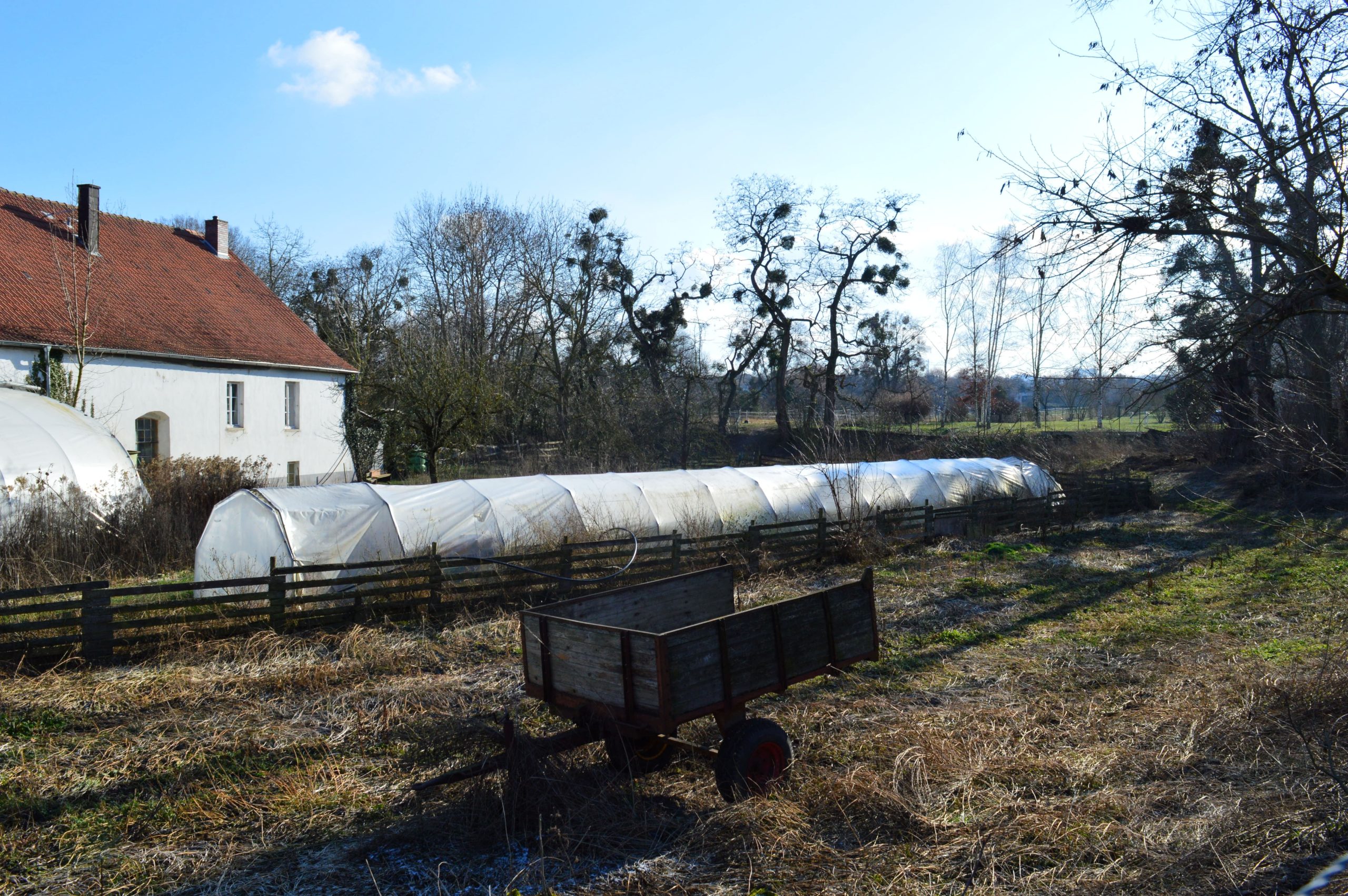
In conclusion:
“Without an EU agricultural land policy, it will not be possible to implement the Green Deal, the Biodiversity Strategy for 2030, the Farm to Fork Strategy, the Territorial Cohesion Policy or the Long-Term Vision for Rural Areas” states the “Land Directive proposal” by Via Campesina (§ 24).
Our two-part article focuses on providing feasibility elements based on the observation of land policies in two major countries (representing nearly a third of the European population), as they have been deployed since well before the arrival of the CAP.
These two countries have in common the existence of a right of pre-emption in their legislation, “seen by other European countries as a real strength of French [and German] regulations“. However, the analysis of this instrument over the long term shows that it has poorly withstood countermeasures and has been reduced in its implementation as French agriculture was required to adapt to the CAP and its dominant logic of expanding farm size.
Another important tool for regulating the market, at least in France, combined with pre-emption, is the possibility for SAFER to intervene to revise the price (if the seller’s asking price is deemed excessive in relation to the local market). This is a powerful regulatory tool that has helped to keep the price of land relatively low compared with other European countries (€6,100/ha on average in 2022).
On a long-term basis, the “persistent rivalry between two agricultural models, small-scale farming and large-scale farming” remains palpable: the logic of farm enlargement induced by the CAP and its first pillar dominates. This has created monsters: farms that are so large and expensive that they have become “untransferable“. In fact, the Parliament’s recommendation in 2017 to give “priority to local small and medium-scale farmers as well as to new and young farmers” is sometimes ignored. There has been a gradual takeover of land resources by investors who are partly external to the agricultural world. Even in a well-administered country like France, the statistical machinery is unable to describe and characterize the profile of shareholders in open capital agricultural companies. Agricultural censuses have diverted attention from this major fact since the beginning of this century.
For these reasons and others, criticism of the Common Agricultural Policy (CAP) is becoming increasingly harsh, especially during the battle that had to be fought to establish the capping of direct payments (for amounts over €100,000 per holding) during the 2023-2027 programming period. “[Opposing countries] argue that such a decision would have an impact on the viability of large farms by limiting support for investment. In reality, this measure would dry up “the cash cow” that the CAP represents for the oligarchs in power in central Europe.” The CAP is an agricultural policy that remains, albeit without showing it, a very unsocial agrarian policy!
As the climate and demographic threat becomes more apparent, the list of tools recommended by the European Parliament in 2017, “already applied within the Union such as the pre-emption right, the capping of surfaces, the creation of public land reserves,” can be extended: regional land agencies (one day co-financed by a vitamin-enriched pillar 2 of the CAP?), citizen land agencies, incentive instruments for small landowners “offering” their land for lease, devices to bring together sellers and carriers of alternative agricultural projects and more.
In 2023-2024, the Rural Resilience project embarks on a new phase of joining the policy dots while continuing to nurture what we have built together, and widening the lens from France to Germany and the broader Europe. To learn more, visit the project page, and follow ARC2020 on LinkedIn, Twitter, Facebook or Instagram.
More on Rural Resilience
Access to Land: Looking to Europe to Secure Local Farmland? Part 1
Beyond the Harvest: Health Effects of Pesticides on French Farmers
The True Toll of Pesticides on Rural Health – Pesticides Analysis Part 2
France | Democratising Food Policy – Tweaking The Financial Toolbox
Ernährungsrat: The democratic potential of Food Policy Councils in Germany
Feeding Ourselves 2023 – Building Bridges for Rural Resilience



